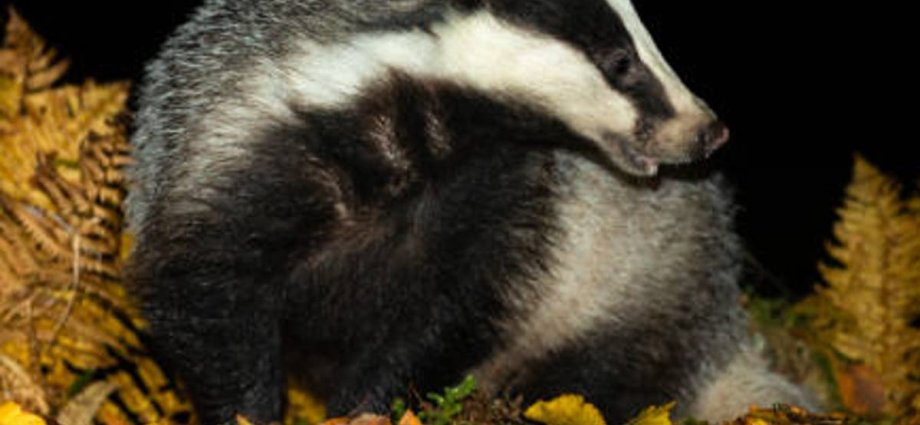The government has scrapped plans that would have allowed large numbers of badgers to be culled for at least a decade and is set to launch a fresh review of the policy.
But conservationists are not celebrating yet because thousands of animals are still set to be killed this autumn as part of previously agreed efforts to wipe out tuberculosis (TB) in cattle.
Rural affairs minister Daniel Zeichner has dropped a proposed new wave of badger culling, potentially until 2038 – an idea contained in a consultation that the Tory government issued in March.

Documents seen by The Independent, drawn up by government lawyers to defend a legal challenge to the expanded cull, show that Mr Zeichner has ditched the idea.
The government still intends to back farmers’ use of an interactive map on an app that aims to show TB cases and risks in bulls they are considering buying.
Mr Zeichner scrapped the cull plan on Friday – the day on which a controversial documentary was broadcast on BBC2, showing how one farm stopped TB outbreaks through hygiene in cattle areas and slurry handling, instead of killing badgers.
Former Queen guitarist and presenter Sir Brian May said he hoped the findings would revolutionise practices but farmers said they could not be universally applied.
The new government document also shows officials are standing by their scientific arguments in favour of culling.

The paper says ministers will launch a fresh review of future bovine TB policy. And it suggests the costs of culling are not necessarily outweighed by the benefits, as previously assumed.
It is understood government body Natural England is set to reauthorise licences for at least 20 intensive culling areas, on top of supplementary culls going ahead.
Those licences could mean 20,000 badgers will be shot at night over the next three months, opponents calculate.
In its election manifesto, Labour branded the badger cull “ineffective”, and Mr Zeichner has said he wants to end it.
After the Conservative government issued a consultation in March on a cull extension, the Badger Crowd – a coalition of conservationists – crowdfunded a judicial review, raising £12,000.

In June Natural England decided to proceed with supplementary culling, in defiance of the advice of its own director of science, Dr Peter Brotherton. It means the killing of thousands of badgers in 17 existing and nine unidentified new zones.
Last week, Natural England launched a consultation on a new round of badger culling in Cumbria, considered a low-risk area, and it is understood others in Hertfordshire, Lincolnshire or Oxfordshire could be next.
Ecologist Tom Langton, who has long gathered evidence on the cull, welcomed the government response to his organisation’s judicial review, saying : “This is a small but important step towards bringing forwards the abolition of badger culling for ever.
“It is shameful that Labour is continuing the badger culls and expanding them in the low-risk area, contradicting its manifesto pledge, to appease a vocal minority.
“A new testing regime for cattle is needed to give farmers the powers to use the right tests at the right time to beat TB in the herd where a hidden reservoir remains – something red tape presently prevents and at massive unnecessary cost to the taxpayer.
“It could be resolved in an afternoon with the right people around the table.”
The science of the cull is highly disputed, some scientists saying badgers are not the main cause – but actively spread the disease if a cull makes individuals stray – while other scientists and farmers argue culling reduces the spread of TB. Any infected cattle have to be slaughtered.
The Badger Trust says badgers have already become extinct in heavily culled areas, with the killing of 230,000 since 2013.
Mr Zeichner said: “Bovine tuberculosis has been a tragedy for farmers, vets and conservationists, with thousands of cattle lost to the disease and badgers culled.
“Tackling this disease is my number one priority in my role as minister for farming, food and rural affairs.
“I am clear that we will beat bTB and end the cull, as we committed to doing in our manifesto.
“I will be working at pace and in partnership with farmers, vets, conservationists and scientists to bring step change to build an ambitious eradication package that stamps out this awful disease, and protects both livelihoods and wildlife.”










